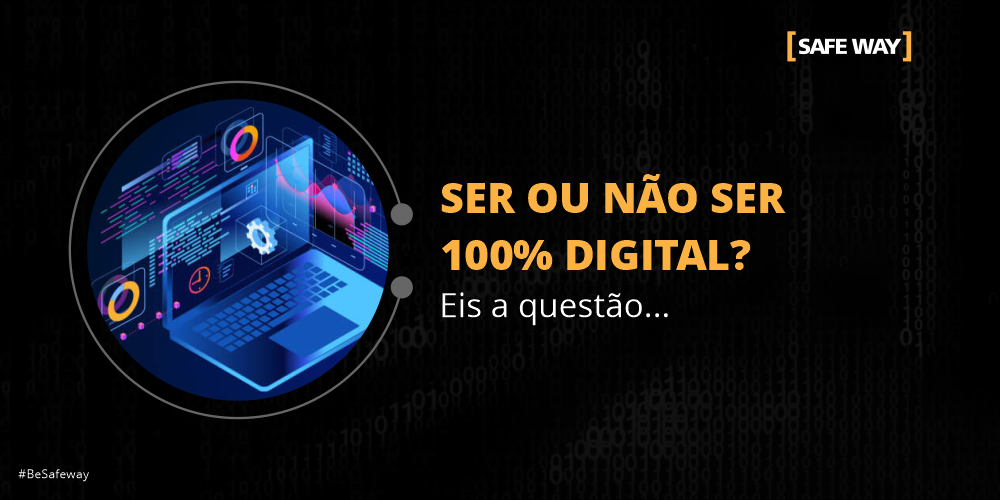A reflection on the statements of several “IT market gurus” leads us to believe, in a very simplistic way, that everything must be 100% digital in our business and personal environment.
Unfortunately, this widespread reasoning tends not to be absolutely true in countries like Brazil, where the financially marginalized - mostly concentrated in classes C, D and E exceeding the number of 45 million people - do not even have access to a Digital account (entry product associated with a prepaid card that needs to be “charged” to be spent on online purchases through a virtual card). Thus, it becomes an impossible dream for this population, if we consider the possibility of obtaining a common credit card, that is, with a “pre-approved loan limit”.
Now, if our consumer market for digital credit products is limited to a few, who have the income to do so, why does every company have to be 100% digital, my friend? Being 100% digital is not for everyone, and is restricted to a select group of companies, which do not have their origins in Latin America or the Caribbean, such as Amazon, Google, Facebook, Whatsapp, Twitter, WeChat, Pin DuoDuo, Alibaba , mentioning only a few, and that even so they also depend directly on the physical world that is very strong and present among all of us.
At this point the question arises: what is the balance between digital and physical? Is there a right answer? I smugly answer: It depends! (word learned, read and heard constantly in MBAs and by “market gurus”). The problem, which seems very easy at first, is much more complex than imagined, because it involves parallel procedural, technological and cultural changes, which are part of the internal and external ecosystem of companies.
On the other hand, to find out if we want, we must and can be 100% digital we are obliged to resort to new and old alphabet soups like PDTI, Lean, CoWorking, CoCreation, MoonShoot, Scrum, Team Working, Agile, Cloud, APIs, among so many others known from large and medium-sized companies, being a necessary complication to bring some direction in this new survival struggle Darwinian. Spelled out all this, again I ask you, my dear reader, how to be digital 100% at the level of micro companies (MEI), such as, for example, the hairdressers, pubs and the newsstand in the neighborhood?
If, on the one hand, large and medium-sized companies are confused, small ones do not even have access to the digital world and with a large share of the market far from being in the world online, I ask myself again: is it necessary to be 100% Digital? The only possible conclusion is that we have a big “cucumber” ahead of us or being more puritanical, we will face a great Shakespearean dilemma with no possible solution in sight.
As in any war environment involving different business strategies and positions, we will have a little bit of everything between Digital Banks, Digital Supermarkets, Digital Retail, Digital Shopping, Digital Well-Being, and many other fads, where the one who achieves a perfect mix between the physical and digital world. Finding the balance between these two models will be one of the biggest challenges in this daily experimental journey to choose whether or not to be 100% Digital.




